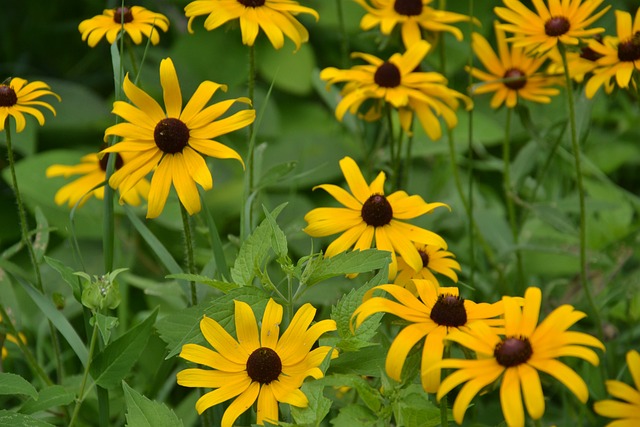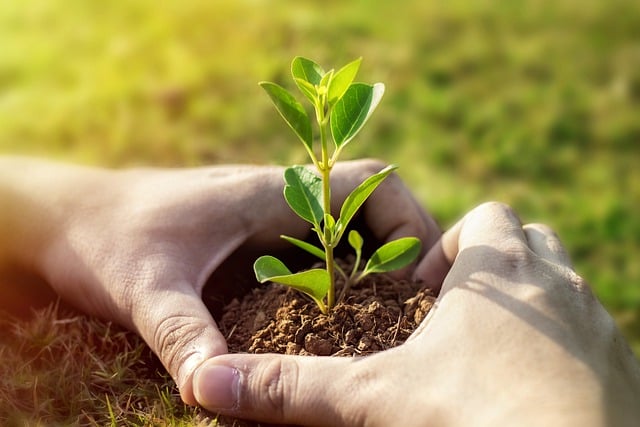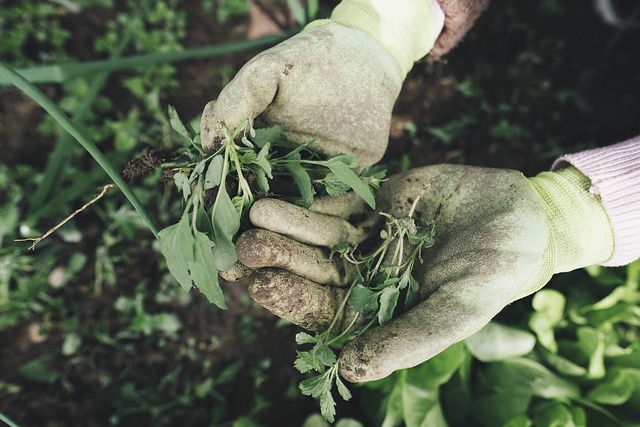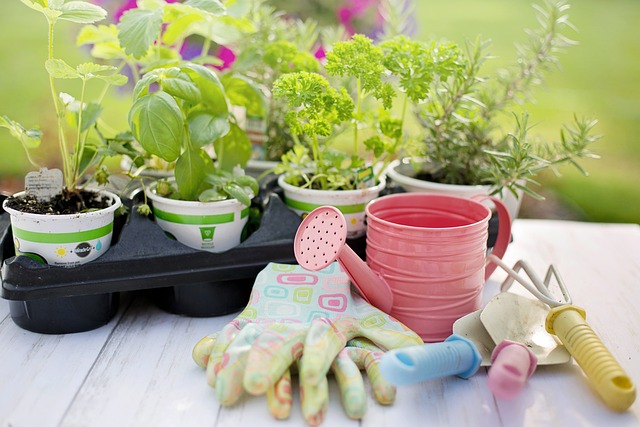Gardening isn’t just about planting and being in a permanent location; sometimes, you need to move and replant your favorite garden plants. Whether it’s due to shadowing from larger plants, soil degradation, home relocation or simply a change in landscape design, relocating plants can give your garden a new lease on life. Keeping this process stress-free for both you and your plants requires knowledge and the right approach. This article will guide you through each step, ensuring your garden remains a garden show worth admiring.
Prepare For the Move
Before you uproot your life and your plants, it’s crucial to prepare.
- Begin by assessing which of your plants can handle the move. Not all plants are suited to transplanting, and the success rate can depend on the plant type, its age, and its health. For example, mature trees and certain delicate perennials might not survive the relocation stress.
- Next, consider the timing. Generally, the best time to move most plants is during their dormant season, typically in late fall or early winter. This reduces the stress on the plants as they aren’t actively growing.
- You’ll also need the right supplies. Gather sturdy pots, fresh potting soil, pruning shears, and even burlap for wrapping larger plants.
- Allocate enough time to do all this. Preparing and doing all of these steps will take a long time if you have a large collection of plants. Here, moving services can come in handy from the very beginning.

Image by David Sluka from Pixabay – Some plants cannot handle a move, no matter what you do
Steps to Safely Uproot Your Plants
So, you’ve got your checklist and calendar ready. Now, let’s focus on the actual move.
- Start by watering your plants a day or two before uprooting them. This step is crucial because moist soil sticks together better, helping to protect the root ball during extraction.
- When digging up plants, use a sharp spade to slice cleanly through the soil. Aim to keep as much of the root system intact as possible. If you encounter large roots, use clean cuts rather than tearing them, as this can help the plant recover faster once replanted.
- For larger plants, root pruning may be necessary months in advance. This process involves trimming the roots to encourage a denser, more compact root ball that’s easier to transport.
Packing and Transporting Your Plants
The right materials can make a significant difference in protecting your plants during the move. Use sturdy plastic pots for smaller plants to prevent breakage and secure them in boxes with cushioning materials like newspaper or bubble wrap.
For taller plants, stake them to prevent top-heavy specimens from tipping over. Keep the environment inside your moving vehicle in mind. Plants can be sensitive to temperature swings and lack of light, so it’s vital to maintain a stable environment.
Also, during transport, make sure your plants are positioned upright and secure. A sudden stop or sharp turn can cause significant damage if pots are allowed to slide or tip over.
Help Your Plants Thrive By Making The Right Decisions
Hiring professional movers like Mod Movers California can make the process of relocating your household smoother, allowing you more time to focus on transporting your garden plants personally. While movers handle your furniture and boxes, you can ensure your plants receive the careful attention they need during the move.
Replanting at Your New Home
Once you move and replant your favorite garden plants at your new residence, the next step is to ensure they adapt and thrive. Initially, prepare the soil in your new garden. This involves testing the soil to determine its pH and nutrient levels, adjusting as necessary to match the needs of your plants. Remember, healthy soil is the foundation of a healthy garden.
Then, consider the following tips for replanting:
- Plant Depth: Replant at the same depth they grew at previously.
- Spacing: Give plants enough space to expand and grow.
- Orientation: If possible, maintain the same orientation to the sun as before.
After replanting, water your plants thoroughly. This helps settle the soil and hydrates the roots, helping them recover from the transplant shock. But think about water conservation. Use mulch to retain moisture and reduce the frequency of watering, benefiting both your plants and the environment.

Image by F1 Digitals from Pixabay – Make sure to plant at the same depth as before
Aftercare for Newly Replanted Gardens
After you’ve settled your plants in their new spots, aftercare is crucial. Here’s what you should focus on:
- Regular watering: Keep the soil moist but not waterlogged.
- Monitoring: Keep an eye on the health of the plants and look for signs of stress.
- Adjustments: Be prepared to shade newly planted areas if they’re exposed to too much sun or to add more soil amendments if growth seems stunted.
Innovative Ideas for Garden Layout and Design at Your New Home
Reimagining your garden at a new home is an opportunity to improve its functionality and aesthetics. Here are some innovative ideas:
- Create themed garden areas such as a meditation space with calming plants like lavender and chamomile.
- Incorporate vertical gardening to save space and add visual interest.
- Experiment with color schemes by choosing plants that bloom at different times of the year to maintain color throughout.
Also, consider starting a new project. Perhaps you could start a vegetable garden. It’s rewarding and provides fresh produce right at your doorstep. This can be a great way to engage with your new environment and make your garden both beautiful and functional.
Common Mistakes and How to Avoid Them
As you settle into your new garden, be aware of common mistakes:
- Not giving plants enough time to acclimatize.
- Ignoring local climate differences which can affect plant health.
- Over-fertilizing in an attempt to boost growth can actually harm plants.
To avoid these, take the time to observe your garden’s new conditions and adjust your care routine accordingly.

Image by AC works Co., Ltd. from Pixabay – Be patient with your plants
Move and Replant Your Favorite Garden Plants With Ease
With the right approach, you can move and replant your favorite garden plants easily. Remember to plan, prepare, and be patient. Your plants will need time to adjust to their new home, just like you. Embrace this as an opportunity to start a sustainable and safe home garden, making it a sanctuary for both you and your plants. Keep these tips in mind, and you’ll help your garden thrive in its new location.




